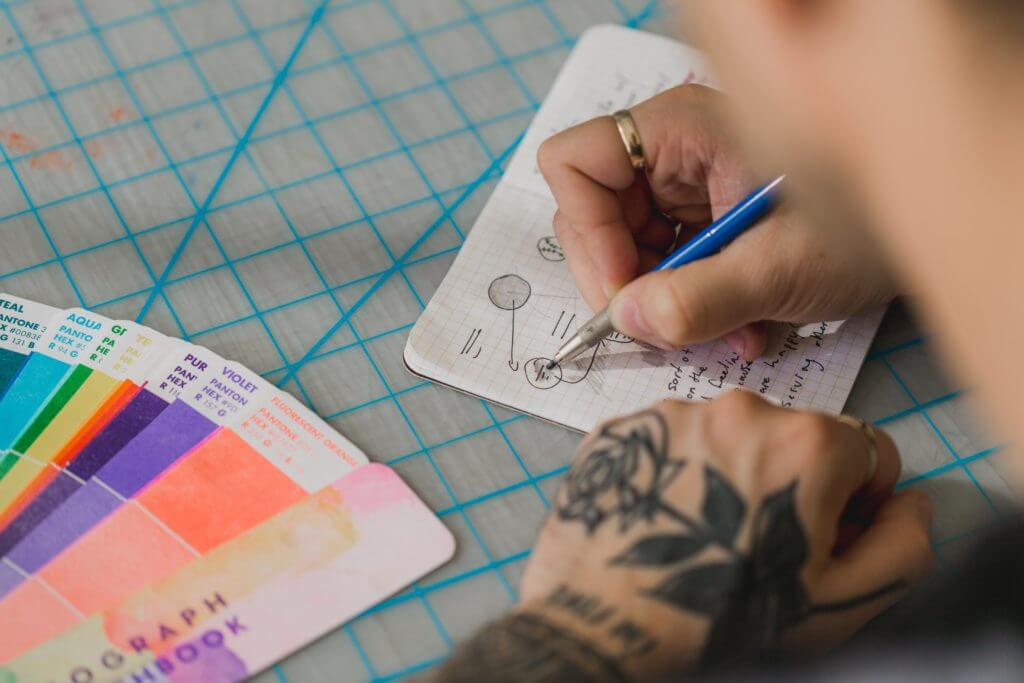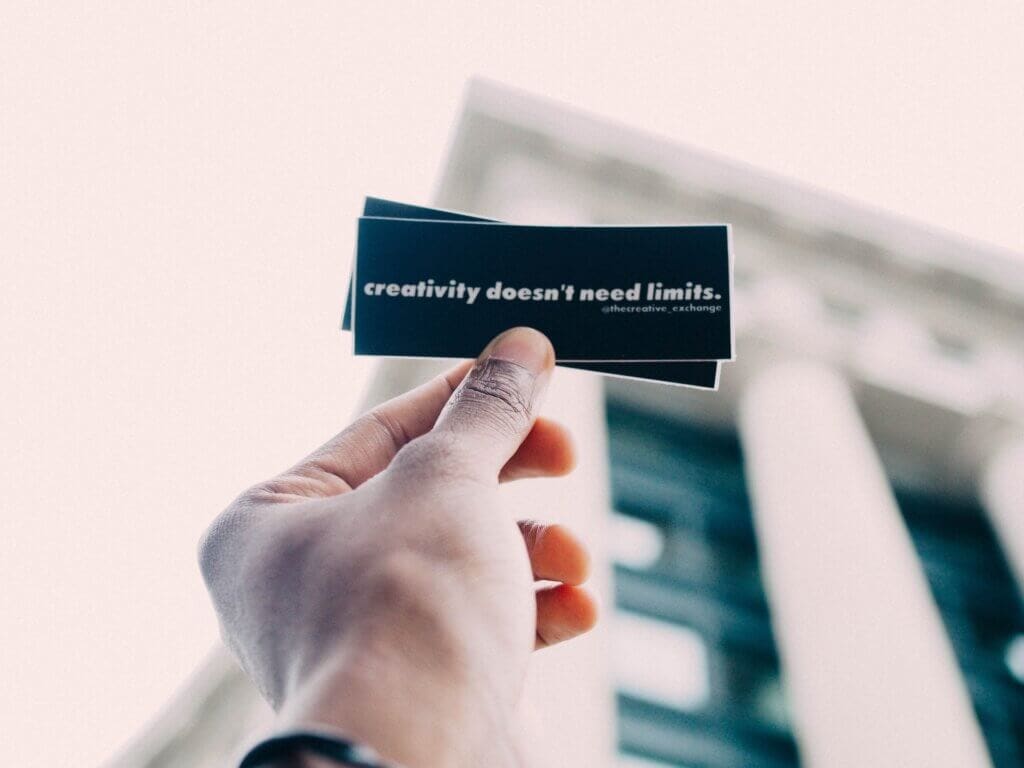In the realm of modern business, every detail matters. And when it comes to making a lasting impression, plastic card printing takes centre stage. Whether you’re venturing into the world of ID cards, membership cards, or event badges, mastering the art of plastic card printing can set you apart.
This comprehensive guide unravels the secrets behind creating stunning plastic cards that captivate and communicate your brand’s essence.
Table of Contents
Key Points
- Plastic card printing is not just a technical process but a blend of creativity and precision that can significantly elevate brand identity.
- Various types of materials and printing technologies are available, allowing businesses to customise cards to meet specific needs, including security features like holograms and magnetic stripes.
- Plastic cards offer multiple advantages such as durability, versatility, and enhanced security, making them a popular choice across industries.
- There are a variety of finishing options like embossing and different types of foils—metallic, matte, and colour—that can add extra flair or sophistication to the cards.
- Mastering the nuances of plastic card printing can serve as a powerful tool for making a lasting impact, whether for employee IDs, membership cards, or event badges.

How to Print Plastic Cards Like a Pro
Printing plastic cards isn’t just about technology; it’s a fusion of creativity and precision. Follow these steps to create cards that leave a mark:
1. Design: Craft a visually appealing design that aligns with your brand identity. Incorporate colours, images, and logos that resonate with your target audience.
2. Material Selection: Choose the right type of plastic card material. PVC and polyester are popular choices, offering durability and flexibility.
3. Printing Technology: Opt for a direct-to-card or retransfer printing method. Direct-to-card printing applies the design directly to the card surface, while retransfer printing involves printing on a clear film that’s then transferred to the card.
4. Security Elements: Consider incorporating security features like holographic overlays, UV printing, and magnetic stripes to enhance the card’s security and authenticity.
5. Finishing Touches: Complete the card with finishing options such as embossing, debossing, or adding a clear or matte overlay for protection.

Exploring Different Types of Foil for That Extra Wow Factor
1. Holographic Foil: This type of foil adds a dynamic, multi-dimensional effect to your cards, creating a sense of sophistication and security.
2. Metallic Foil: Metallic foils offer a reflective, metallic finish that exudes elegance and class, perfect for creating an upscale look.
3. Matte Foil: Matte foils provide a subdued, velvety appearance, adding a touch of subtlety and modernity to your cards.
4. Clear Foil: Clear foils create a glossy, transparent layer over specific design elements, enhancing visual appeal and protecting the card.
5. Colour Foil: Colour foils allow you to infuse vibrant hues into your cards, making them truly stand out and reinforcing your brand colours.
Why Should You Use Plastic Cards?
Plastic cards have become an indispensable tool across various industries, and for good reason:
1. Durability: Plastic cards are built to last. Unlike paper cards, they withstand daily wear and tear, ensuring your brand message remains intact over time.
2. Customisation: Plastic card printing offers a realm of customisation options. From unique designs to security features, you can tailor cards to meet your precise needs.
3. Professionalism: The visual appeal of plastic cards elevates your brand image. Whether it’s an employee ID or a membership card, plastic cards communicate professionalism.
4. Versatility: Plastic cards serve diverse purposes – from access control to loyalty and marketing programs. Their adaptability makes them suitable for various applications.
5. Enhanced Security: Incorporating security elements like holograms and magnetic stripes makes it challenging for counterfeiters to replicate your cards.

The Biggest Advantages of Plastic Card Printing
1. Brand Representation: Plastic cards are a canvas to showcase your brand’s identity, creating a memorable experience for cardholders, and forming an important part of your marketing strategy.
2. Longevity: The durability of plastic cards ensures they remain in excellent condition, minimising the need for replacements.
3. Security: The ability to integrate advanced security features adds layers of protection, making your cards secure and tamper-resistant.
4. Customisation: From design to security features, plastic card printing offers unparalleled customisation options.
5. Versatility: Plastic cards adapt to various applications, providing a versatile solution for businesses across industries.
Getting Started with Plastic Card Printing
Mastering the art of plastic card printing involves a blend of creativity, technology, and attention to detail. With the ability to create cards that align with your brand’s essence and elevate your business operations, plastic card printing is a powerful tool for making a lasting impact in today’s competitive landscape.
Whether you’re crafting employee IDs, membership cards, or event badges, understanding the nuances of plastic card printing is your key to unlocking excellence.